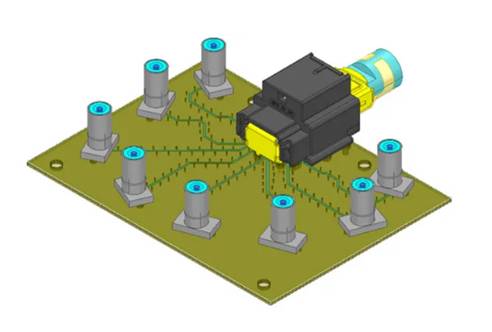“Every day, more and more sensors are added to our daily lives. From smart devices at home to increasingly interconnected vehicles. In order to achieve high-speed data transmission, real-time sensor data is essential, so optimal signal integrity (SI) and electromagnetic compatibility (EMC) are required. In order to do this, you need to use appropriate hardware and software equipment and professionals who know how to use these tools.
“
Every day, more and more sensors are added to our daily lives. From smart devices at home to increasingly interconnected vehicles. In order to achieve high-speed data transmission, real-time sensor data is essential, so optimal signal integrity (SI) and electromagnetic compatibility (EMC) are required. In order to do this, you need to use appropriate hardware and software equipment and professionals who know how to use these tools.

Continuous testing during product development

Molex optimizes SI/EMC in custom and off-the-shelf products to support connected vehicles and smart vehicle solutions. In order to achieve the required performance of SI/EMC, it is necessary to continuously model and simulate the design during the entire process of product development. In this way, customers can ensure that their design has passed rigorous testing, while also ensuring that the final product has the best performance.
SI/EMC optimization cycle
Molex’s basic SI/EMC process consists of four stages: modeling, simulation, prototyping, and cross-comparison of simulation strategies and empirical measurements. This process and some of the tools used are discussed below.

The Links: CM1200HA-24J SKMD150F12